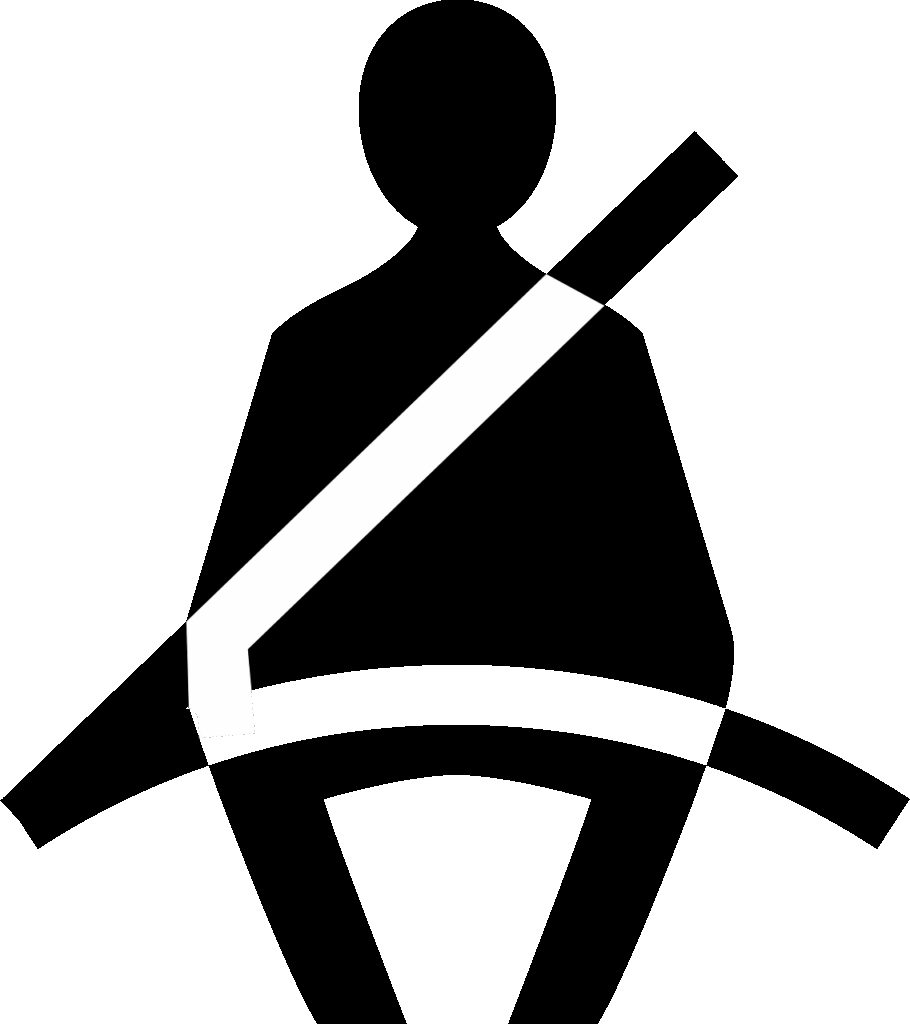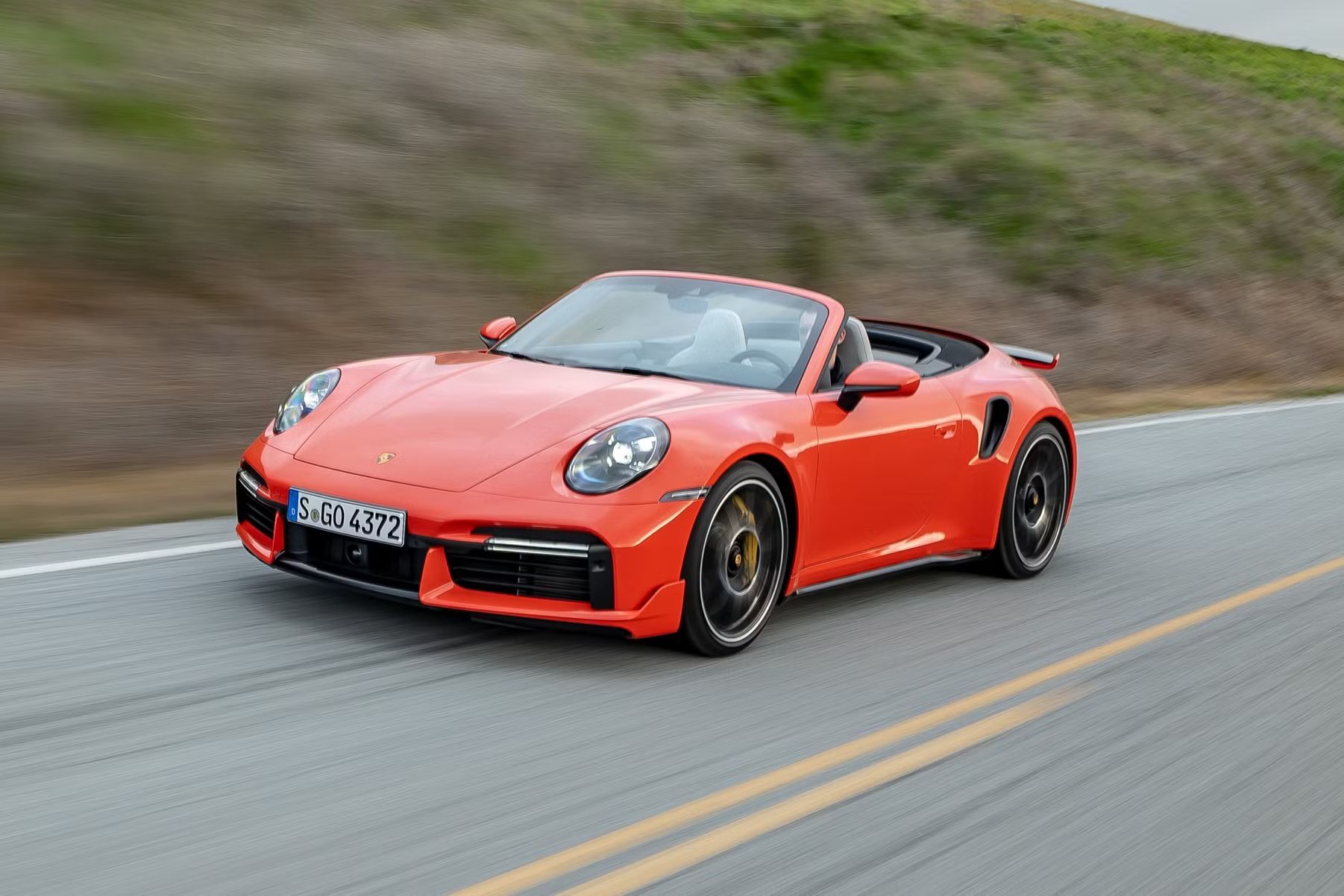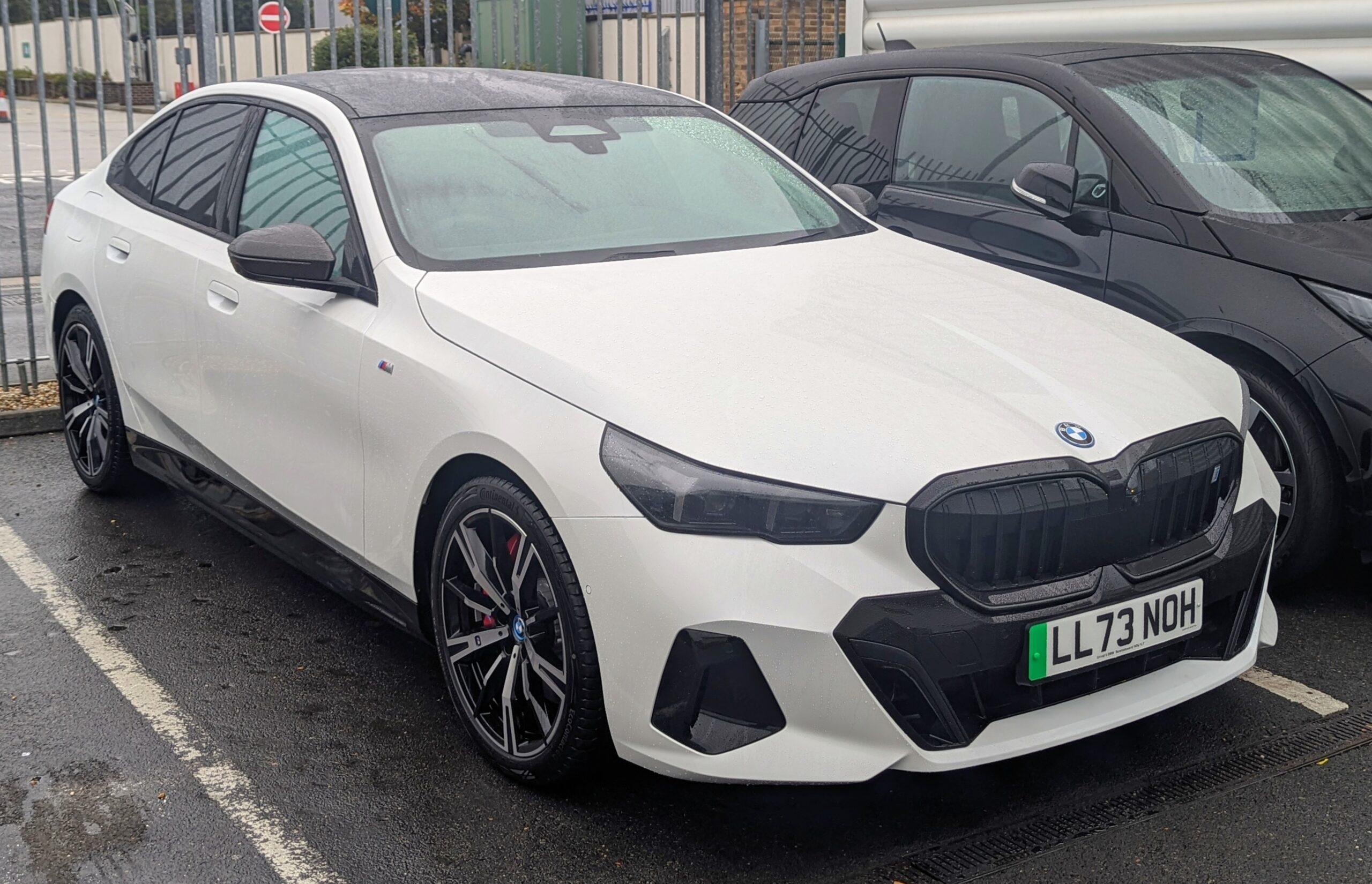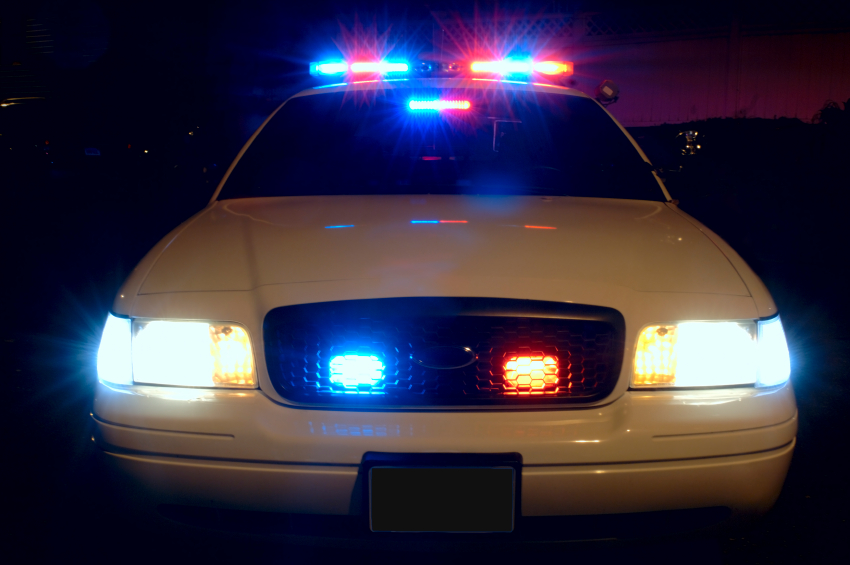
For many drivers, the flashing lights of a police vehicle in the rearview mirror represent a moment of dread, often leading to a costly and inconvenient speeding ticket. While the most straightforward advice is simply to adhere to posted speed limits, the reality of modern driving, with its varying conditions, diverse vehicle technologies, and often complex human factors, suggests that avoiding a ticket requires a more nuanced, multifaceted approach. Understanding the true financial and safety implications of speeding, which can range from average fines around $150 to significant insurance premium hikes of 23% to 27% annually for years, underscores the importance of a comprehensive strategy.
Speeding is not merely a financial inconvenience; it carries profound safety consequences. In both 2021 and 2022, speeding was a factor in a staggering 29% of all traffic fatalities, accounting for over 12,300 deaths each year. This dangerous behavior reduces a driver’s reaction time, dramatically increases stopping distances—doubling speed can more than triple the total stopping distance—and significantly heightens the risk of accidents and severe injuries for everyone on the road. Therefore, implementing proactive strategies to manage your speed is not just about saving money; it’s about safeguarding lives and fostering a responsible driving culture.
Drawing upon insights from retired police officers and insurance advisors, as well as a wealth of detailed consumer information, this comprehensive guide offers 14 actionable strategies designed to help you navigate the roads ticket-free. From foundational driving habits and maintaining your vehicle to leveraging advanced technology and understanding how to interact with law enforcement, these recommendations are designed to empower you with the knowledge needed to drive smarter, safer, and ultimately, more economically. Let’s delve into the initial set of essential practices that form the cornerstone of avoiding those unwanted flashing lights.
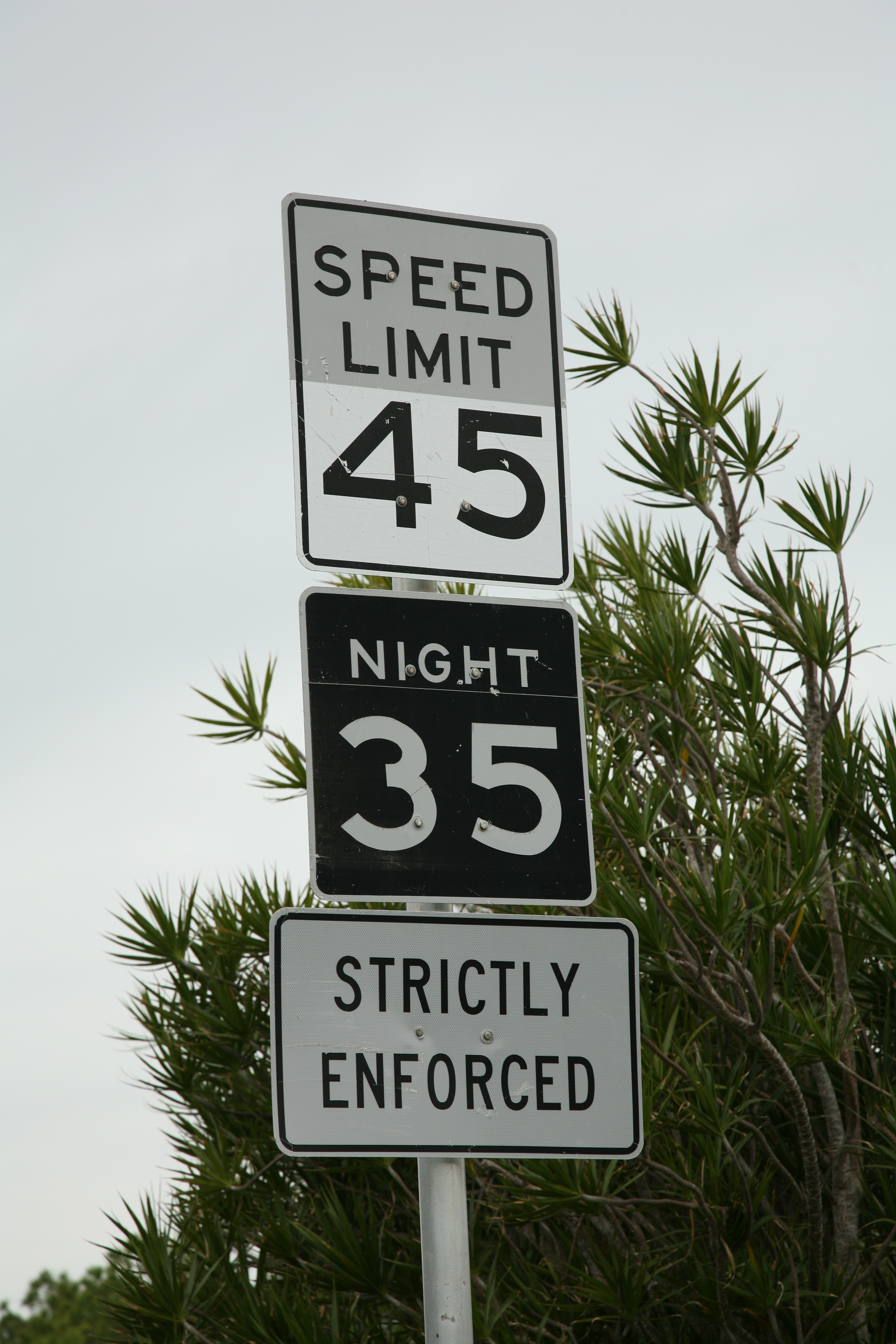
1. **Strictly Observe Speed Limits and Road Regulations**
The most fundamental, yet often overlooked, strategy for avoiding a speeding ticket is to consistently observe the posted speed limit. While it may seem obvious, the context highlights that 8.6 million Americans are ticketed for speeding each year, a stark reminder of how frequently this basic rule is violated. Insurance advisor Bradley Hamburger notes that getting a ticket can happen for going just one mph faster than the posted limit, demonstrating the strictness of enforcement.
Furthermore, certain areas demand unwavering adherence to speed limits due to heightened safety concerns and increased police vigilance. School zones, easily identified by their lights and signs, are prime examples where even veteran officers recommend sticking to the exact speed limit. Speeding fines in these areas are often significantly higher, as any traffic violation in such sensitive zones is considered a more serious matter. The presence of speed cameras in school zones, which reduced speeding by up to 63% during school hours in New York City, underscores the focused enforcement in these critical environments.
Beyond linear speed, other fundamental regulations, such as coming to a complete stop at stop signs, are equally crucial. Many drivers habitually “roll” through stop signs, a practice that is not only unsafe for other drivers and pedestrians but also a reliable way to attract the attention of a police officer, particularly in residential areas. These basic acts of compliance form the indispensable foundation upon which all other ticket-avoidance strategies are built, proving that prevention truly starts with the basics.
Read more about: Who’s to Blame? The Impossible Ethical Dilemmas of Self-Driving Cars
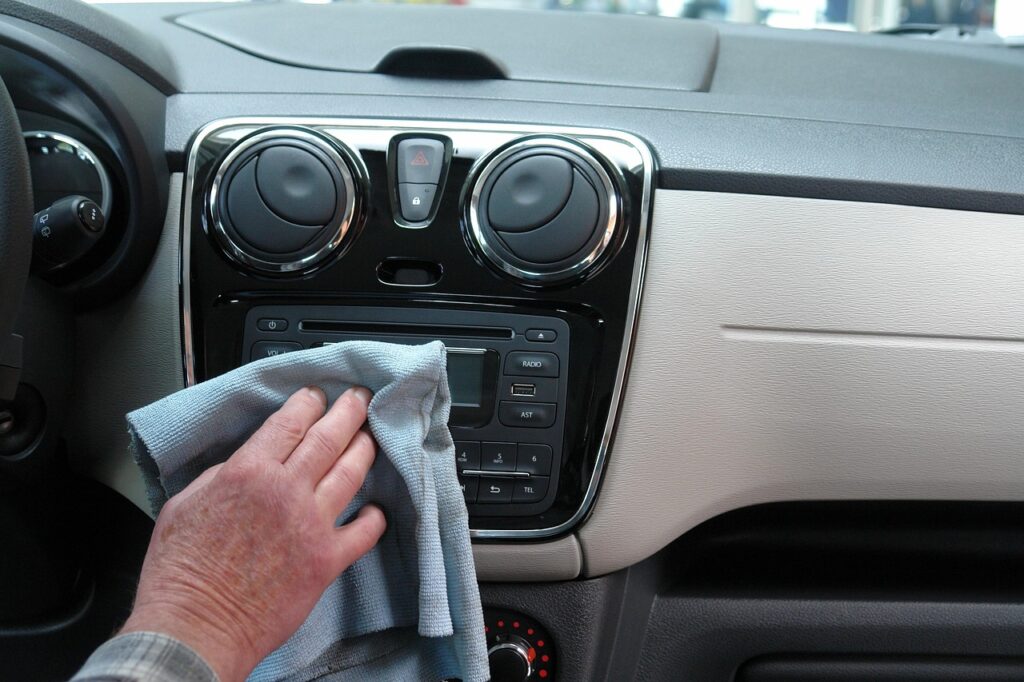
2. **Maintain Your Vehicle’s Optimal Condition**
The condition of your vehicle plays a surprisingly significant role in whether you catch a police officer’s eye. While it might seem unfair, a vehicle in poor repair, or one with obvious modifications, can act as a magnet for law enforcement attention. Retired officer Harold Hilliard refers to a rundown car as a “POS,” indicating the negative impression such vehicles create. If your car emits excessive smoke, makes too much noise, or is missing a crucial part like a taillight, it signals a potential disregard for safety and maintenance, making it just as likely to attract attention as a rare luxury vehicle.
Conversely, flashy after-market add-ons like neon undercarriage lighting, spoilers, or heavily tinted windows can also draw unwanted scrutiny. These modifications might inadvertently suggest to an officer that the driver habitually speeds or breaks other laws, or even has something to conceal. A cracked windshield, while seemingly minor, can also be a visible infraction that provides a legitimate reason for a police stop. The message is clear: keep your car clean, decluttered, and free of anything that would make it stand out negatively or give the impression of habitual law-breaking.
Proper vehicle maintenance extends beyond mere aesthetics; it includes ensuring all essential components are functioning correctly. Lights that aren’t working properly, for instance, can lead to an additional violation, as vehicles are legally required to have intact headlights and taillights. Investing in regular maintenance, ensuring all parts are in good working order, and avoiding aggressive styling cues that might attract undue attention are practical steps to reduce your risk of being pulled over and ultimately ticketed.
Read more about: Beyond the Quarter-Million Mark: Our Shortlist of Cars Engineered for Extreme Longevity
3. **Ensure Proper Registration and Safety Gear**
Beyond the physical condition of your vehicle, its legal standing and your personal safety practices are immediate indicators to law enforcement. Driving around with an expired registration is, quite simply, “asking for a ticket,” regardless of your driving speed or behavior. This administrative oversight provides a straightforward and undeniable reason for an officer to pull you over, leading to potential fines and further scrutiny of your driving record. Regularly renewing your vehicle registration is a non-negotiable step in proactive ticket avoidance.
Equally critical is the consistent use of your seatbelt. According to Bradley Hamburger, “Cops can tell if you’re not wearing your seat belt.” The absence of the strap above your left shoulder is a clear visual cue that prompts officers to intervene. Even if you are not speeding, a visible failure to wear a seatbelt is sufficient grounds for a stop. If you happen to be speeding *and* not wearing a seatbelt, you can expect to receive two tickets, amplifying the financial and record-keeping consequences.
The emphasis on seatbelt use extends far beyond avoiding a ticket; it is a matter of life and death. The National Highway Traffic Safety Administration reports a chilling statistic: on average, a passenger vehicle occupant without a seat belt dies in a traffic crash every 50 minutes. This tragic reality underscores that wearing a seatbelt is not just about compliance with the law or dodging a fine, but about paramount personal safety. Always buckle up, without exception.
Read more about: Beyond the Dealership: Why Drivers Are Embracing Car Subscriptions for Flexibility and Financial Freedom in 2025

4. **Avoid Driving Distracted at All Costs**
Distracted driving is a pervasive issue that not only endangers lives but also significantly increases your chances of getting pulled over for erratic behavior. While often associated with speeding, Hamburger points out that driving with your attention on something other than the road, such as your smartphone, is equally likely to cause you to drive *too slowly*. Driving significantly below the speed limit, just like excessive speeding, will attract unwanted attention from police officers.
Law enforcement officers are trained to identify several tell-tale signs of distracted driving. These include weaving in and out of your lane, looking down at a device or something else in the car, stopping for excessively long durations at stop signs or red lights, and even talking animatedly to yourself or an unseen passenger. Such behaviors signal a lack of focus on the primary task of driving, making you a prime candidate for a traffic stop.
It’s important to understand that distracted driving extends beyond merely holding a phone. Hamburger reveals a crucial insight: “Eighty percent of the distraction is the conversation. The phone in the hand accounts for the last 20%.” This means even if you are using a hands-free device, the cognitive load of a phone conversation can still significantly impair your driving focus and reaction time, leading to the same observable erratic behaviors that catch an officer’s eye.
Read more about: 12 New Cars Named ‘Best Buys’ for 2025: An Expert Guide for Savvy Shoppers
5. **Be Mindful of Your Vehicle Type and Color**
The type and color of your car might seem like minor details, but they can subtly influence whether you attract the attention of a police officer. Bradley Hamburger jokingly, yet seriously, observes that if you are “driving a Bugatti even slightly over the speed limit, you might get pulled over just because, in addition to getting to write out a speeding ticket, the police officer now has the opportunity to check out your awesome car.” While officers hold no inherent bias against luxury cars, their curiosity, coupled with any minor infraction, can lead to a stop that might otherwise be overlooked.
Similarly, car color can play a role. Hamburger suggests that cars in more conservative colors like black, navy, and dark gray tend to get fewer tickets. The reasoning is pragmatic: these colors are simply less conspicuous. Conversely, brighter colors such as red, green, and yellow are easier to spot, making them more noticeable to patrol officers. This isn’t about officers having a preference for certain hues, but rather the practical reality of visibility on the road.
Interestingly, American Auto Insurance states that white is actually the car color that gets pulled over the most, but for a different reason entirely. White cars are simply more popular, comprising about 35% of cars on the road. Therefore, while a red sports car might grab attention, the sheer volume of white vehicles means they are statistically more likely to be involved in any traffic stop. Being aware of how your vehicle’s characteristics might be perceived can help you adjust your driving behavior accordingly.
Read more about: Beyond the Quarter-Million Mark: Our Shortlist of Cars Engineered for Extreme Longevity
6. **Understand Local Enforcement Patterns and Quotas**
Effective ticket avoidance involves understanding not just *how* to drive, but also *when* and *where* enforcement is most likely to occur. One particularly insightful tip from Bradley Hamburger concerns the timing of enforcement: “Don’t speed, but especially don’t do it the fourth week of the month.” He explains that many jurisdictions operate with monthly quotas, and in the final week, officers often need to “catch up” on ticketing. This means that while you might get away with a few miles over the limit earlier in the month, the last week could see stricter enforcement of even minor infractions.
Beyond monthly cycles, certain areas are known for intensified police presence and higher fines. School zones and construction zones are prominent examples, where traffic violations are deemed more serious and fines are significantly higher. Law enforcement also tends to be more present on roadways during the busiest traffic hours, such as morning and evening commutes, knowing that these periods offer more opportunities for observing infractions. If possible, avoiding these peak times or allowing extra travel time to prevent rushing can be beneficial.
Staying informed about local “speed trap hotspots” is another proactive measure. Hamburger suggests using apps like Waze, which crowdsources the locations of police cars, radar guns, and other forms of speed traps, providing real-time warnings to drivers. This type of community-sourced information, combined with knowing that cities and counties sometimes publish public data on speed camera locations, empowers drivers to be more mindful everywhere and adjust their speed in known high-enforcement zones.
Read more about: Unveiling the Powerhouse: Exploring the Foundational Strengths Behind America’s Advanced Naval Capabilities
7. **Drive with the Flow, Not as a Leader or an Outlier**
A common piece of advice for avoiding police attention is to “go with the flow” of traffic. This strategy suggests that if you are moving at a similar speed to the surrounding vehicles, you are less likely to be singled out. Hamburger confirms this, stating that if other drivers are flying by, you might be able to get away with being a few miles over the posted limit without drawing specific attention to yourself. The underlying principle is to avoid being the most noticeable car on the road, whether that means being significantly faster or noticeably slower than everyone else.
However, it’s crucial to understand the limitations and potential pitfalls of this strategy. While merging into a “train of cars” all moving at your desired speed might seem like a protective measure—with the idea that a patrol car is more likely to pursue the lead vehicle—this is not a foolproof defense. The “flow of traffic” myth, which suggests that if everyone is speeding, enforcement won’t target any one vehicle, is explicitly debunked by modern realities. Automated speed enforcement cameras and radar systems, for example, “don’t care about context and can capture vehicles simultaneously, across multiple lanes and even dual-directional.” If you are over the limit, you are flagged, regardless of what other drivers are doing.
Therefore, while blending in can reduce individual scrutiny, it does not provide immunity from tickets, especially with advanced enforcement technology. A more judicious approach involves observing the behavior of others to gauge the general pace, but always prioritizing the legal speed limit. If you find yourself consistently passing every other car on the highway, you are likely operating as the “leader” and significantly increasing your risk of being pulled over. The goal is to avoid being an outlier in either direction, but with a firm commitment to staying within legal speed boundaries, rather than simply following the crowd into a violation.
Section 2: Leveraging Technology, Proactive Planning, and Responsive Tactics for Advanced Ticket Avoidance
Having covered the foundational aspects of defensive driving and vehicle readiness, we now shift our focus to advanced strategies that integrate modern vehicle technology, thoughtful trip planning, and effective responses during an encounter with law enforcement. This section offers a holistic approach to staying ticket-free, emphasizing the use of available tools and mental preparation to proactively manage speed and successfully navigate roadside interactions.
Read more about: Beyond the Stargazer’s Lens: 8 Cosmic Discoveries That Happened by Pure Chance!

8. **Leverage Cruise Control (Adaptive or Standard)**
One of the most effective yet often underutilized tools for maintaining a consistent, legal speed is cruise control. Modern vehicles, whether equipped with standard or advanced systems, offer a practical solution to prevent unintentional speeding, especially during long stretches of road or on highways where it’s easy to lose awareness of your exact speed. By engaging cruise control, you delegate the task of speed regulation to your vehicle, allowing you to focus more intently on the road ahead and potential hazards.
Standard cruise control allows drivers to set a specific speed, and the car will automatically maintain that velocity without constant pedal adjustment. This feature is particularly helpful on the freeway or during extended drives, preventing the common phenomenon of ‘speed creep’ where a driver gradually accelerates without realizing it. It ensures a stable adherence to the speed limit, significantly reducing the risk of exceeding it inadvertently.
More advanced vehicles often come with adaptive cruise control, which elevates this capability further. These systems not only maintain a set speed but also adjust automatically to the flow of traffic, slowing down or speeding up to maintain a safe following distance from the vehicle in front. This technology is incredibly beneficial in varying traffic conditions, ensuring consistent and safe speeds while reducing driver fatigue and preventing situations like tailgating, which can also attract police attention.
While highly beneficial, it’s important to use cruise control judiciously. Always remember to cancel cruise control if you find yourself in high-risk areas, such as active construction zones with fluctuating limits, or during adverse weather conditions like wet or icy roads. In such scenarios, manual control allows for quicker, more precise adjustments, preventing potential loss of traction or unexpected accelerations that could compromise safety.

9. **Utilize Real-Time Navigation and Speed Alerts**
In today’s connected world, a powerful ally in avoiding speeding tickets lies in the palm of your hand or integrated into your dashboard: real-time navigation apps and in-car systems. Applications like Waze and Google Maps, along with many built-in vehicle navigation systems, provide invaluable, real-time information on posted speed limits and even the locations of enforcement efforts. These tools act as a virtual co-pilot, keeping you informed and aware of your surroundings.
To maximize their effectiveness, it is highly recommended to enable voice alerts within these navigation systems. As the context highlights, when you receive an audio reminder about a speed limit change or an approaching speed trap, you don’t need to divert your eyes from the road to stay compliant. This hands-free, eyes-on-the-road approach is crucial for safety and for effective real-time speed management, allowing you to react promptly and reduce your speed as necessary.
Many of these applications and in-car systems also offer built-in speed monitoring features. They can provide an alert, often audible, when your vehicle begins to exceed the posted speed limit. This instant feedback loop is incredibly effective, gently prompting you to ease off the accelerator until the alert subsides. This proactive notification mechanism helps prevent minor infractions from escalating into ticket-worthy offenses.
For optimal use, always ensure you set your destination and initiate navigation before you begin driving. This pre-drive setup minimizes the need to interact with your device while on the move, thus eliminating a potential source of distraction. By leveraging these technologies, drivers gain a crucial edge in staying informed, compliant, and ultimately, ticket-free.
Read more about: Signal Lost? Expert Tips and Apps for Seamless Offline Navigation on Your Next Road Trip

10. **Plan Your Journeys Strategically and Allow Ample Time**
One of the most common precursors to speeding is the feeling of being rushed or running behind schedule. Proactive trip planning, by deliberately allowing yourself ample travel time, can significantly reduce the psychological pressure to speed and prevent the costly consequences of a ticket. This strategy involves more than just estimating drive time; it’s about building in a buffer that accounts for the unpredictability of the road.
Begin by consistently adding a few extra minutes to your estimated travel time, especially for regular commutes. As this habit solidifies, adjust the buffer based on your destination, the length of your journey, and anticipated traffic conditions. As the context suggests, this practice not only helps you avoid stressing out when unexpected hold-ups occur but also removes the primary motivation for exceeding speed limits.
Before embarking on any drive, make it a habit to check real-time traffic conditions. Utilize navigation apps or online resources to identify potential slowdowns, construction zones, or accident areas. This foresight allows you to select the most efficient route and adjust your departure time accordingly, preventing the need to accelerate excessively to make up for lost time.
It’s also crucial to understand the negligible time savings achieved by speeding, especially on shorter commutes. For instance, increasing your speed by 10 mph on a typical 20-minute journey might only save a minute or two. This minimal gain is rarely worth the heightened legal, financial, and safety hazards associated with speeding. Prioritizing safety and compliance over perceived efficiency is a mindset that will serve you well on the road.
Read more about: Your Personalized Roadmap to Retirement: A Kiplinger Guide to Financial Independence
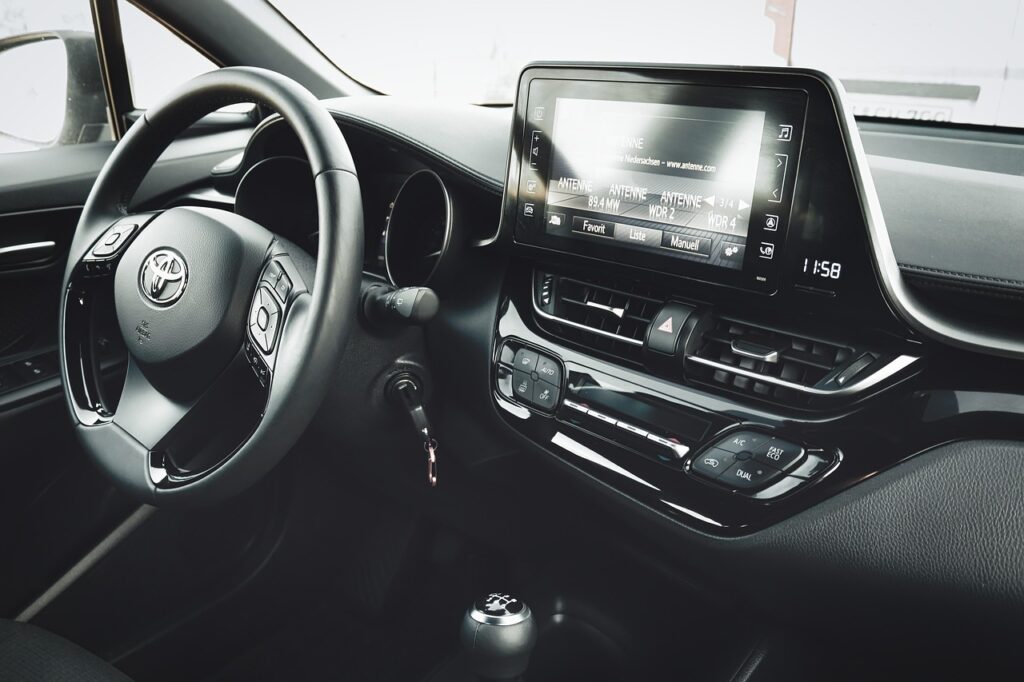
11. **Monitor Your Speedometer and Car’s Performance Regularly**
While it might seem elementary, consistently monitoring your speedometer is a foundational practice for effective speed management. Your speedometer is the primary instrument informing you of your current speed, and regularly glancing at it every few minutes reinforces your awareness, preventing gradual speed increases that can occur almost imperceptibly, especially on familiar or open roads.
It is important to recognize that, like any mechanical or electronic component, a speedometer can occasionally get out of alignment. If you frequently find yourself passing many other vehicles despite your speedometer indicating you are within the speed limit, it might be a subtle sign that your instrument is inaccurate. In such cases, a visit to an auto repair shop is warranted. A mechanic can properly calibrate your speedometer, ensuring it displays an accurate speed and that you are not inadvertently speeding due to faulty equipment.
Beyond just the speedometer, being attuned to your car’s overall performance can also help manage speed. Pay attention to how the vehicle feels at different speeds. Maintaining a constant, safe speed not only aids in compliance but also contributes to better fuel efficiency and reduced wear and tear on your tires. As the context notes, driving faster consumes more gas and wears out tires quicker, leading to increased operational costs.
Regular checks on your vehicle’s systems, including tire pressure and overall condition, are part of this comprehensive approach. Bald tires or those with low air can cause dangerous tire blowouts, especially when driving at higher speeds. A well-maintained car with a properly functioning speedometer is a key component of a safe, ticket-free driving strategy.
Read more about: The Gears of Time: Unearthing 14 Criminally Underrated Rides That Deserve Their Moment in the Sun

12. **Manage Personal Driving Triggers and Emotions**
Speeding is not always a conscious decision or a direct result of running late; often, it can be a manifestation of underlying personal triggers and emotions. Factors such as stress, anger, or even excitement can unconsciously cause drivers to accelerate. Recognizing and actively managing these emotional impulses is a sophisticated but highly effective strategy for consistently maintaining legal speeds.
Consider situations where emotions take over. If another driver cuts you off, the frustration can manifest as an unconscious increase in pressure on the gas pedal. Similarly, being tired after a long day and rushing to get home can lead to an elevated speed. These are instances where emotional states override rational judgment, making you more susceptible to speeding and, consequently, to receiving a ticket.
To counteract these impulses, proactively identify your personal speeding triggers. If stress or anger are factors, implement calming exercises such as deep breathing routines while driving, or curate a playlist of soothing, mid-tempo music (under 100 BPM) for city driving, as studies suggest music tempo affects driving speed. If fatigue is a trigger, consider stopping for a coffee or a short rest break before continuing your journey.
By consciously addressing these emotional and psychological factors, you gain greater control over your driving behavior. Learning to detach your foot from your feelings helps maintain a more consistent and safer speed, proving that self-awareness is just as important as road awareness in avoiding unwanted attention from law enforcement.
Read more about: Oops! 10 Cars Drivers Confess They Wish They Could ‘Unpurchase’ – And How You Can Avoid Their Regrets

13. **Adapt Your Driving Mode and Vehicle Settings**
Modern vehicles offer an array of customizable settings and driving modes that can be strategically employed to assist in speed compliance. Understanding and judiciously utilizing these features provides an advanced layer of control in preventing unintentional speeding. Many cars, for instance, allow drivers to toggle between modes such as “sport,” “comfort,” and “eco.”
Sport mode typically makes the accelerator more sensitive, providing quicker response and a more aggressive feel. While exhilarating, this sensitivity can inadvertently nudge drivers into exceeding speed limits, especially in areas with tight enforcement. Conversely, switching to “eco” or “comfort” mode softens the accelerator’s response, promoting smoother and slower acceleration, which is ideal for school zones, work zones, or other areas where strict adherence to lower speed limits is paramount.
Beyond driving modes, many newer vehicles, including electric vehicles (EVs), feature built-in speed buffer alerts. These systems notify you with a sound, visual cue, or haptic alert when you exceed a pre-set threshold, such as 5 mph over the posted limit. This acts as a ‘quiet co-pilot,’ constantly keeping your foot on the pedal in check without requiring constant attention to the speedometer.
Connected vehicle technology is also becoming more widespread, enabling cars to communicate with smart infrastructure like traffic lights or digital speed limit signs. While still evolving, these systems can provide predictive warnings or even automatically adjust your driving profile based on real-time data, further enhancing your ability to maintain legal speeds. Leveraging these technological advancements transforms your vehicle into an active partner in ticket avoidance.
Read more about: Smart Choices for the Golden Years: 12 Top SUVs Retirees Should Consider Buying in 2025

14. **Know How to Respond Respectfully if Pulled Over**
Despite all proactive measures, there might come a time when you see those flashing lights in your rearview mirror. When this happens, your response and demeanor are crucial and can significantly influence the outcome. The initial moments of a traffic stop are critical, and maintaining composure and respect can potentially mitigate the consequences.
Upon seeing an officer’s signals, safely pull over to the right. As insurance advisor Bradley Hamburger emphasizes, keep your cool, slow down, and think polite thoughts. Do not exit your vehicle; officers are trained to be concerned for their safety, and unexpected movements can be misinterpreted. Wait for the officer to approach your car, and keep your hands visible, ideally on the steering wheel.
When the officer arrives, be “unfailingly polite.” Listen carefully to their instructions and follow them precisely. Provide your license, registration, and proof of insurance when requested. However, it is essential to understand that you are not obligated to offer a confession. As Hamburger stresses, “Don’t offer a confession.” Anything you say can be used against you in traffic court, so a noncommittal response like “I see” or “I was not aware of my speed” is often the best approach.
Use the interaction to respectfully convey that you are a safe-driving, law-abiding citizen. You typically have about 30 seconds to make this impression. If you have never received a speeding ticket before, politely mention it. If your momentary speed increase was due to avoiding a road hazard, such as a pothole, explain the context clearly and calmly. Such explanations, coupled with a respectful demeanor, might lead the officer to issue a warning instead of a ticket, saving you significant fines and insurance premium increases.
**Final Thoughts on Driving Smarter, Safer, and Ticket-Free**
In an era of increasingly sophisticated road infrastructure and enforcement, avoiding a speeding ticket requires more than just a cautious foot; it demands a smart and multifaceted approach. The strategies outlined in this guide, from fundamental driving habits and meticulous vehicle maintenance to leveraging cutting-edge technology and mastering roadside etiquette, are designed to empower you with the knowledge needed to navigate today’s traffic landscape effectively. By integrating these actionable insights into your daily driving, you not only reduce the financial burdens of fines and increased insurance premiums but, more importantly, contribute to safer roads for everyone. These tools are not just about compliance; they are about fostering a culture of responsible driving that prioritizes lives. Embrace these tips, and turn every commute into a testament to intelligent and safe driving.

